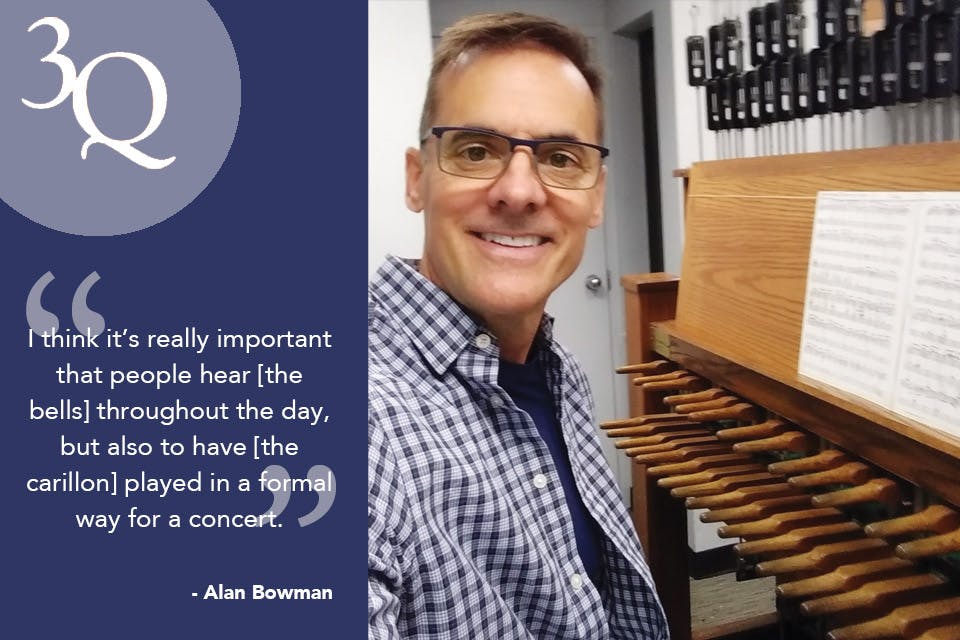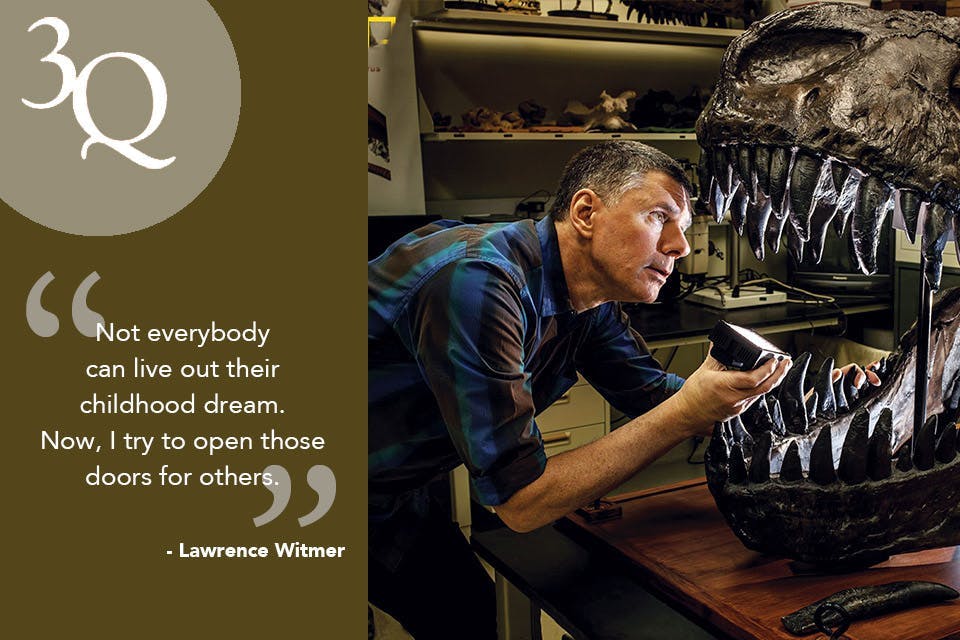Ohio Life
Lawrence Witmer Discusses Dinosaurs and Evolution
The Ohio University professor shares how studying the biological structures of modern animals helps him interpret the evolution of dinosaurs.
Related Articles

Veteran Reporter Gene Kinn Reflects on a Career of Covering Presidents
Gene Kinn talks about meeting nine U.S. presidents over the course of his more than three-decade career in journalism. READ MORE >>

Alan Bowman Plays Dayton’s Historic Deeds Carillon
The Ohioan keeps a centuries-old musical tradition ringing as the carillonneur at Carillon Historical Park in Dayton. READ MORE >>

Tom Hamilton Reflects on 35 Years as the Voice of Cleveland Baseball
Soon to be recognized by the National Baseball Hall of Fame & Museum, Tom Hamilton looks back on his iconic career as the radio voice of the Cleveland Guardians. READ MORE >>



